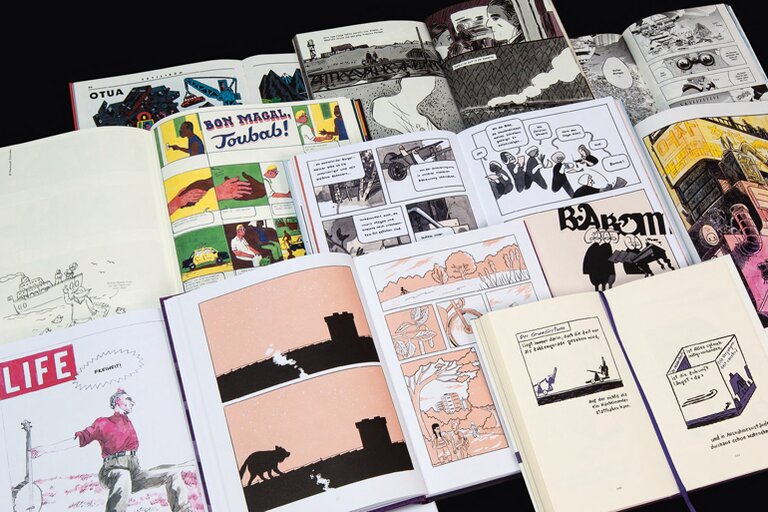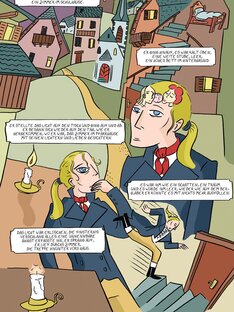Biographical, fictional, fantastical
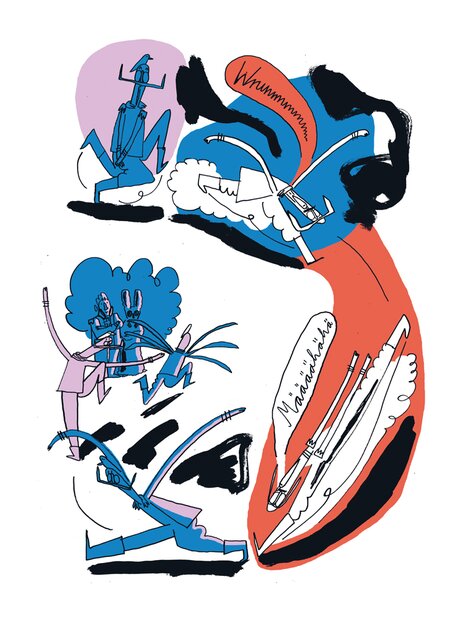
When we think of political cartoons or the newspaper comic strips often considered to be the origin of the genre, it’s their ability to react quickly to current events that leaves an impression. But this shouldn’t obscure the fact that the world of graphic novels is rather different – with books of substantial length, stand-alones rather than series, and a target audience of adult readers.
Biographies and history
German publishing has discovered graphic novels (and picture books) as a vehicle for the biographies of famous people. The results aren’t always convincing, but in the case of Ernst Busch. Der letzte Prolet they truly are. Jochen Voit’s in-depth research and his clever idea of embedding the life story of Ernst Busch – a singer and actor who had considerable success in East Germany – within the tale of a vanished portrait results in a graphic novel that really works, not least thanks to strong visuals by Sophia Hirsch.
Matthias Lehmann’s Parallel is also visually impressive, and shows how gay people in Germany were persecuted regardless of political system. Lehmann tells the story of Karl, who is unable to admit to his family or himself that he is gay, either in East or West Germany.
Young Swiss illustrator Jan Bachmann has established himself as a specialist in eccentric political figures. As the title of his graphic novel suggests, Der Kaiser im Exil depicts the stay of Wilhelm II, the last German emperor, at Amerongen Castle in the Netherlands. After abdicating, the former ruler mindlessly cuts down trees while hoping for a return to Germany, where he still has a surprising number of supporters. Bachmann does a wonderful job of portraying the absurdity of this walking anachronism with his almost slapstick illustrations.
Autobiographical experiences have been the subject of graphic novels for quite some time now. Their perspective has gradually widened, with attempts to link the private and the historical becoming ever more visible. Bianca Schaalburg pulls off this challenge with aplomb in Der Duft der Kiefern, a chronicle of her own family research. She painstakingly reveals that which is suppressed and concealed, and in doing so handles her family history in an impressively unsparing way. Her work explores connections to the Nazi regime, along with the power of repression and silence.
Titles like Jennifer Daniel’s Das Gutachten, about the Red Army Faction, are a sign that 20th century German history is increasingly being thematised in new graphic novels. And no wonder – they offer an impressive way of combining research with the narrative possibilities of fiction.
Tales of the future and battling constraints
Science fiction is a classic genre for comics and graphic novels. The artist’s visual imagination and illustrative talents allow fantasy worlds, utopias and dystopias to be created without breaking the bank. Outstanding German-language examples include Unvermögen, in which Andreas Kiener uses poetic images to depict a little girl’s search for her mother on an almost devastated 23rd century Earth. Her companion is a robot whose programming she’s cleverly managed to trick.
Gung Ho, a comic book series by illustrator Thomas von Kummant and writer Benjamin von Eckartsberg has been lavished with international praise. The fifth volume, Die weiße Flut, sees the highly atmospheric, action-packed story about two teenagers fighting an authoritarian regime draw to a close.
Swiss publisher Edition Moderne has a reputation for being progressive, both visually and in terms of the stories it tells. It explores themes such as the future and the individual’s battle against constraints quite uniquely – in the present day. In Zwang, up-and-coming cartoonist Simone F. Baumann uses virtuoso images to give an unflinching analysis of her daily struggle against the chaos and constrictions of life – though not without humour, which also runs through Lina Ehrentraut’s madcap Melek + Ich. Here, the protagonist creates a second version of herself using an avatar in another dimension, with whom she promptly falls in love.
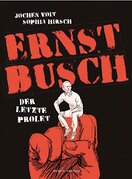
Ernst Busch. Der letzte Prolet
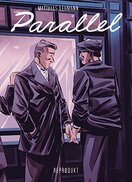
Parallel
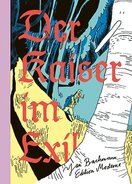
Der Kaiser im Exil
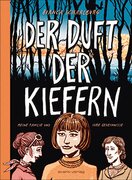
Der Duft der Kiefern
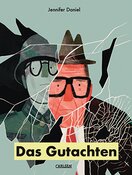
Das Gutachten
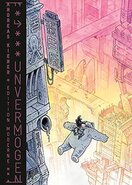
Unvermögen
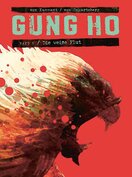
Gung Ho. Die weiße Flut
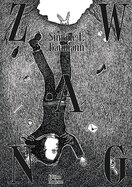
Zwang
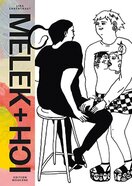
Melek + Ich
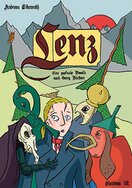
Lenz

Schwarze Spiegel
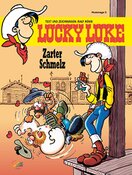
Lucky Luke. Zarter Schmelz
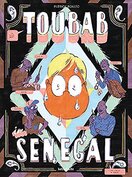
Toubab im Senegal
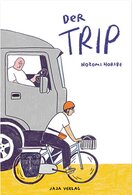
Der Trip
Literary greats = great comics?
Adaptations of well-known literary works by graphic novels can be tricky – they often misleadingly suggest that readers are getting something complex in a lighter form. Two new publications quickly dispel this impression.
Author Andreas Eikenroth takes on Georg Büchner’s Lenz. His frenzy of colours and forms offers a convincing interpretation of the protagonist’s encroaching madness during his stay in the Vosges mountains. For Viennese illustrator Nicolas Mahler, world literature is the model for his own highly individual approach, which renders the spirit of great literature with minimalist wit, but nonetheless retains immense precision. Following graphic novels on James Joyce, Marcel Proust and Robert Musil, it’s the turn of Arno Schmidt’s dystopian Schwarze Spiegel. Once again, the internationally acclaimed Austrian succeeds in creating a superb adaptation of a classic.
